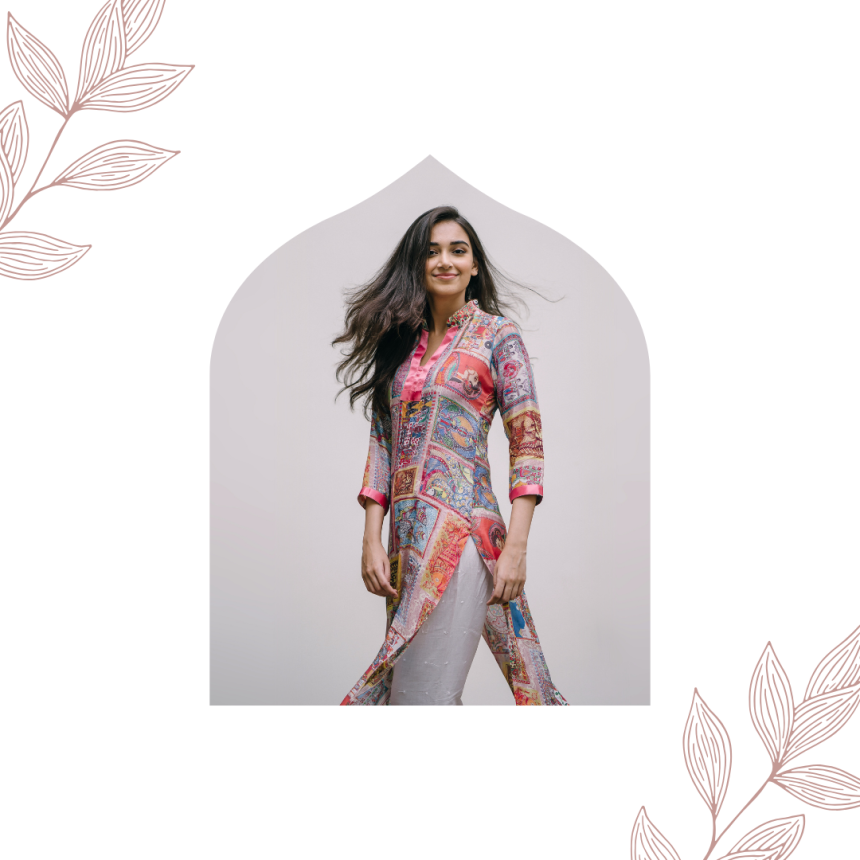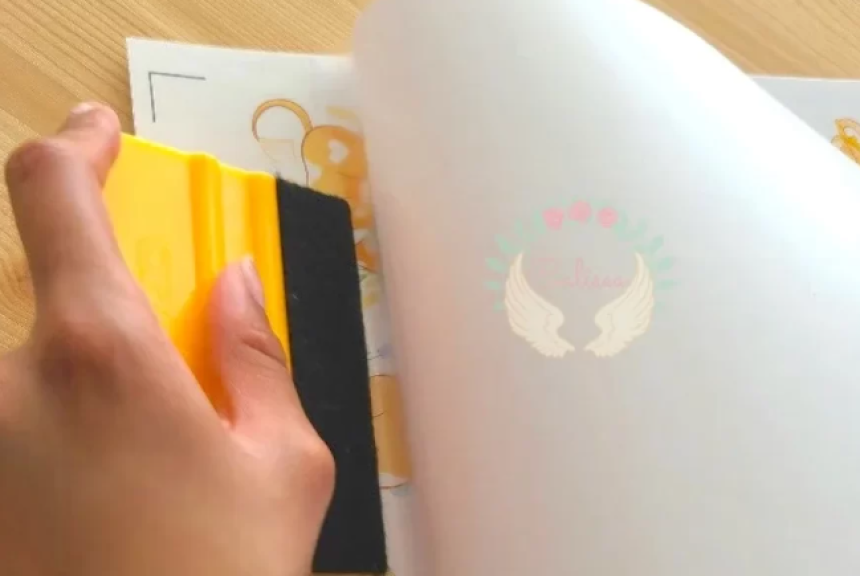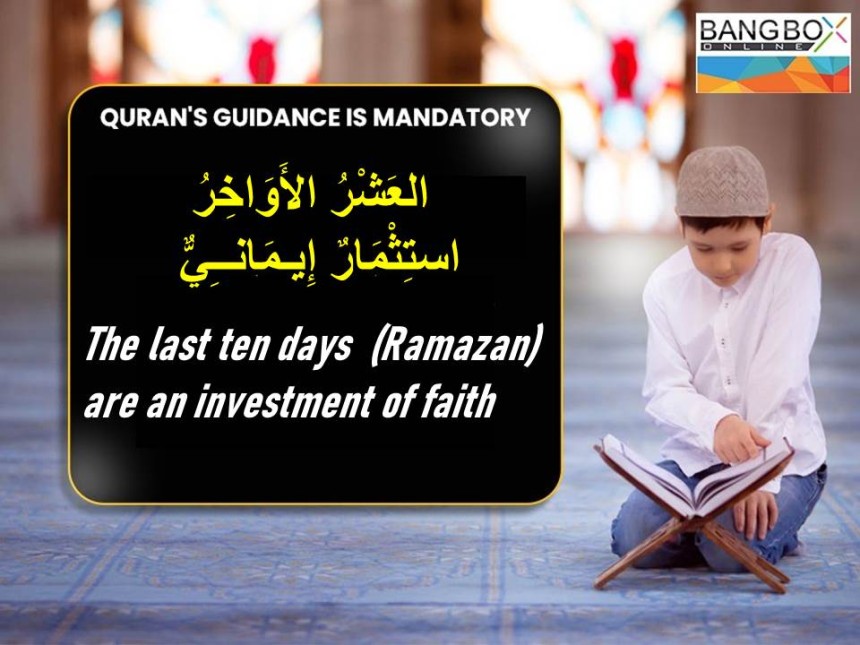
The Evolution of Kurta Sets: From Classic to Contemporary
Kurta sets have been a staple in Indian fashion for centuries, embodying both tradition and comfort. Over time, these timeless ensembles have evolved, reflecting changes in fashion trends and cultural shifts. Today, kurta sets come in a wide variety of styles, ranging from the traditional and classic to the modern and contemporary. This article explores the journey of kurta sets, highlighting how they have transformed from their classic roots into the versatile, fashionable outfits we see today.
1. The Origins of Kurta Sets
The kurta, a long tunic worn by both men and women, has its origins in the Indian subcontinent. It has been a part of traditional Indian attire for centuries, with its earliest forms being simple, straight-cut garments made from natural fabrics like cotton and silk. The kurta was typically worn with loose-fitting bottoms such as salwars (pants that are wide at the top and narrow at the ankles) or churidars (tightly fitting pants that gather at the ankles).
a. Traditional Fabrics and Designs
In the past, kurta sets for women were primarily made from natural, breathable fabrics like cotton, silk, and wool, which were suitable for the varying climates of the region. These fabrics were often handwoven and featured traditional patterns and embroidery, such as paisleys, florals, and geometric designs. The colors used were usually natural dyes, giving the outfits earthy and rich tones.
b. Regional Variations
Different regions of India developed their own unique styles of kurta sets, influenced by local culture, climate, and available materials. For example, the Punjabi kurta set typically included a knee-length kurta paired with a salwar, while in Rajasthan, shorter kurtas were often paired with flared skirts known as ghagras. Each regional variation brought its own flair to the traditional kurta set, making it a versatile and adaptable garment.
2. The Influence of Modern Fashion
As India began to modernize in the 20th century, so too did its fashion. The kurta set, while still rooted in tradition, began to evolve to reflect contemporary tastes and global fashion trends. Designers started experimenting with new cuts, fabrics, and embellishments, giving the classic kurta set a modern twist.
a. Shorter Lengths and Different Cuts
One of the most noticeable changes in modern kurta sets is the variation in length and cut. While traditional kurtas were often knee-length or longer, contemporary versions can be much shorter, ending at the hip or thigh. Additionally, designers have introduced various cuts such as A-line, straight-cut, and asymmetrical hems, offering more options to suit different body types and personal styles.
b. Fusion Fashion
The rise of fusion fashion has also played a significant role in the evolution of kurta sets. Fusion fashion blends traditional Indian elements with Western styles, creating unique and contemporary looks. For example, it’s now common to see kurtas paired with jeans, leggings, or even skirts, instead of the traditional salwars or churidars. This mix-and-match approach allows for greater versatility and makes kurta sets suitable for a wider range of occasions, from casual outings to formal events.
c. Use of Modern Fabrics
Modern kurta sets often incorporate a wider range of fabrics, including synthetic materials like rayon, polyester, and georgette. These fabrics are lightweight, easy to care for, and come in a variety of colors and patterns. The use of modern fabrics has made kurta sets more accessible and affordable, while also allowing for greater creativity in design.
3. The Rise of Designer Kurta Sets
As the kurta set gained popularity beyond traditional settings, it caught the attention of fashion designers, both in India and internationally. Designer kurta sets have become a sought-after fashion item, known for their luxurious fabrics, intricate detailing, and innovative designs.
a. High-Fashion Elements
Designer kurta sets often feature high-fashion elements such as intricate embroidery, sequins, and beadwork. These embellishments add a touch of glamour and make the outfits suitable for special occasions like weddings, festivals, and formal gatherings. Designers also experiment with bold prints, unusual color combinations, and unique cuts, giving the kurta set a couture edge.
b. Celebrity Endorsements
The popularity of designer kurta sets has been further boosted by celebrity endorsements. Bollywood actresses and international celebrities have been spotted wearing kurta sets at red carpet events, fashion shows, and public appearances. This has helped elevate the kurta set from a traditional garment to a global fashion statement.
c. Customization and Personalization
Another trend in the evolution of kurta sets is the growing demand for customization and personalization. Many designers and boutiques now offer bespoke kurta sets, allowing customers to choose the fabric, design, and embellishments according to their preferences. This trend has made kurta sets more personal and meaningful, as they can be tailored to reflect an individual’s unique style.
4. Contemporary Styles and Trends
Today, kurta sets are available in a wide range of styles, catering to diverse tastes and preferences. Here are some contemporary trends that have emerged in recent years:
a. Asymmetrical Kurtas
Asymmetrical kurtas, with their uneven hemlines and modern cuts, have become a popular choice for fashion-forward individuals. These kurtas offer a fresh and edgy look, making them perfect for those who want to stand out from the crowd.
b. Printed Kurtas
Bold prints and patterns are a defining feature of many contemporary kurta sets. From florals and geometric designs to abstract prints and digital patterns, printed kurtas add a playful and artistic touch to the outfit.
c. Minimalist and Monochrome Styles
While traditional kurta sets often featured elaborate designs and vibrant colors, minimalist and monochrome styles have gained popularity in recent years. These kurta sets are characterized by their clean lines, simple designs, and muted colors, offering a chic and sophisticated look.
d. Layered Kurta Sets
Layering has become a key trend in contemporary kurta sets. Layered kurtas, often featuring sheer or contrasting fabrics, add depth and dimension to the outfit. This trend allows for more creativity in styling and can be adapted for different seasons and occasions.
5. The Return to Sustainability
In recent years, there has been a growing awareness of the environmental impact of fashion, leading to a resurgence of interest in sustainable and eco-friendly clothing. This trend has also influenced the evolution of kurta sets, with many designers and brands focusing on sustainability.
a. Organic and Natural Fabrics
There is a renewed emphasis on using organic and natural fabrics in kurta sets, such as organic cotton, linen, and bamboo. These fabrics are not only better for the environment but also offer comfort and breathability, making them ideal for everyday wear.
b. Handcrafted and Artisanal Designs
The revival of traditional crafts and artisanal techniques has also played a role in the evolution of kurta sets. Handwoven fabrics, hand embroidery, and block printing are being embraced by designers who want to preserve and celebrate India’s rich textile heritage. These handcrafted kurta sets are often made in small batches, supporting local artisans and promoting sustainable practices.
c. Upcycling and Recycling
Another sustainable trend in the world of kurta sets is upcycling and recycling. Designers are increasingly using leftover fabrics, vintage textiles, and repurposed materials to create unique and eco-friendly kurta sets. This approach not only reduces waste but also results in one-of-a-kind pieces that are both stylish and sustainable.
Conclusion
The evolution of kurta sets from their classic roots to contemporary fashion staples reflects the dynamic nature of Indian fashion. While they continue to be a symbol of tradition and cultural heritage, kurta sets have also embraced modern influences, making them relevant in today’s fashion landscape. Whether you prefer the timeless elegance of a classic kurta set or the bold, edgy look of a contemporary design, there’s no denying that kurta sets will remain a beloved and versatile choice for generations to come. As fashion continues to evolve, so too will the kurta set, blending the best of tradition and modernity to create something truly special.
Systemic clothing
Systemic Clothing® ist eine deutsche Streetwear-Marke. Kaufen Sie systemische Kleidung mit...




